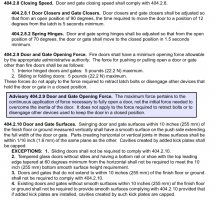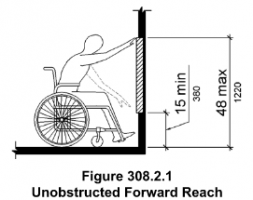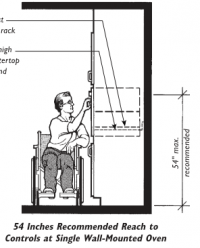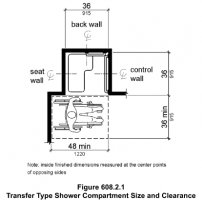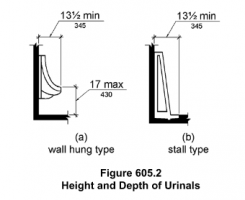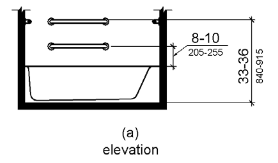§ 18.86. Grounding requirements.
(a) Grounding shall conform with the following:
(1) Metal fences or railings on which a broken electrical conductor might fall shall be effectively grounded.
(2) A driven ground rod shall be placed at two locations close to and on either side of each crossing.
(3) A ground shall be provided for parallel exposure, near each end of the exposure and at intervals of not more than 300 feet within the exposure.
(b) Water and other piping to and from the public bathing place, including inlet and outlet pipes, shall be metallically bonded together and adequately connected to the same grounding electrode used to ground the neutral conductor of the electrical system. This shall be in addition to the grounding requirements for electrical equipment and circuits as required by the National Electrical Code.
Source
The provisions of this § 18.86 adopted September 18, 1971, effective September 18, 1971, 1 Pa.B. 1921.
PA swimming pool code is
here.
There are rules on bathing suits and towels but I didn't find anything related to a barrier. I posted the electrical portion just because it seems strange and that's all there is. Apparently each township has it's own regulations and the County has none. I could be wrong about that but getting information is not easy.
Then there's the
Virginia Graeme Baker Pool and Spa Safety Act which mentions children but not a barrier.
The
US Access Board on pools with a lot except any mention of a gate.
Last and least is the publication
Pool Safety. It mentions a gate and says that it should be self closing and self latching. The barrier to the pool is also mentioned and is a minimum 4 ft. high... so one wouldn't expect the gate latch to be any higher than 4 ft. and in fact there is no regulation for the latch.
This was all found at the PA State Dept. of Health.
So apparently artbuc and his HOA can do whatever suits them.... as long as they store their suits in a sanitary manner.
§ 18.54. Bathing suits and towels.
Bathing suits and towels shall be thoroughly cleaned and dried each time they are used in a manner that precludes the transmission of disease, and they shall be stored in a clean and sanitary manner.


